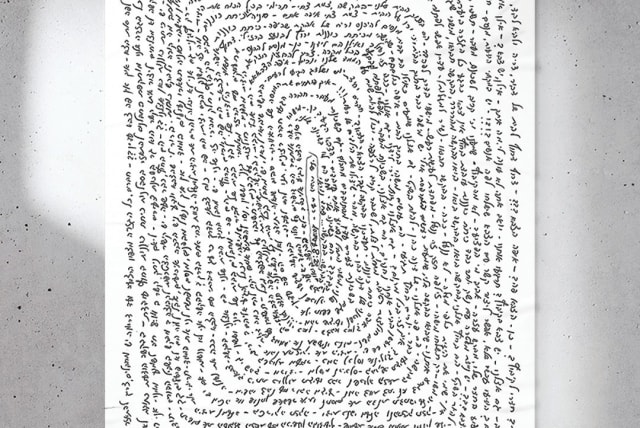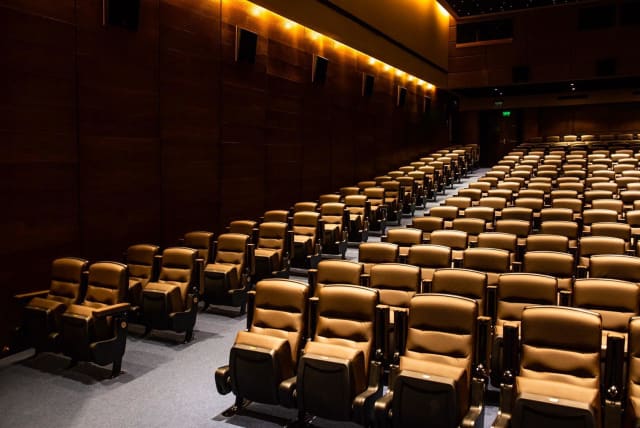It was 6:25 a.m. on October 7, and Gal-Lee Maroodi’s husband Omer put his ear to the window as dozens of rockets fired from Gaza hit his agricultural village, Kibbutz Re’im, 5 km. from the Gaza border area.
“We were used to hiding in the safe rooms to protect us from rockets,” she said. “But this time it sounded different because there were rockets raining down on us non-stop. I told him, “It’s not safe by the window,” but coming from a special guerrilla unit in the IDF, he told me, “Something doesn’t sound right.” He heard AK-47s, machine guns that Israel would never use. He told me to take the baby and run.
“We dodged rockets and sped off down the road, warning others from the community that we are being attacked by terrorists. If we had been two minutes later on the road, we would have been shot,” she said.
Her kibbutz is a community of 400 people who farm and run a factory producing laser-cut machine parts. Five people from the kibbutz were murdered. Another six are now being held hostage in Gaza.
Raising money to rebuild the kibbutz
Maroodi, 25, has become the spokesperson for Lifeline, an art print and historical project that is documenting the painful communication between the kibbutz members on October 7. They hope to raise money through sales of the prints to rebuild the kibbutz.
The prints include the sentences: “They are coming closer. They are in my backyard. Urgent, urgent to Dvir’s house. Daria and Levi are alone. Dvir was murdered. Urgent. Please! Friends, lock the house and stay inside. Urgent, urgent. Please. The children are alone. Please.”
These words are a sample from several hours of WhatsApp messages during the morning of the Hamas attack. They are inscribed on a high-quality art print, written in cursive Hebrew by kibbutz member Adi Drimer. She created the pattern, a mandala, as a form of therapy after the terror attack.
Mandala means “circle” in Sanskrit. Mandalas are used as spiritual guidance tools, in meditation, or for creating sacred spaces. For Kibbutz Re’im and Jews everywhere, this mandala will be a symbol of standing against terror, as well as historical evidence to ensure that October 7 will never be forgotten.
The project’s name, Lifeline, was chosen because the kibbutz WhatsApp group chat was the actual lifeline for kibbutz members on that day. Through the app, they managed to save two children whose father and partner were murdered right in front of them. It helps the members tell their story: how they warned each other about the invaders; about the heroic acts of men who ran through hellfire to rescue children who couldn’t close the door of their bomb shelter because their dad’s dead girlfriend’s arm was in the way.
“It’s a strange situation now because we are terrified about going back to the kibbutz, but we also miss it terribly because it’s our home.”
Maroodi’s home was used as a command center by Hamas. When her husband went back he found blood on the floor, pictures broken. “They went through everything. We heard them through our baby monitor.”
“It is such a beautiful area and we can’t let them win. If we don’t go back and rebuild the kibbutz, then they’ve won. So we need to rebuild, even if it’s painful.”
Lifeline is not an easy object to hold but it is essential: “We must never forget,” Maroodi insisted.
“People risked their lives helping each other here. That’s the beauty of the kibbutz. We are really family. Everyone feels the pain of the other. As a Jew, or even non-Jew standing by our side, Lifeline is art that every single one of us should have; it looks like a fingerprint and it’s to make sure we will never forget October 7.”
All the proceeds will go towards rebuilding Kibbutz Re’im: lifeline-art.com/








































































































